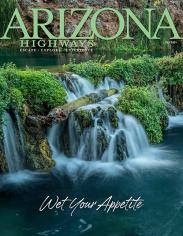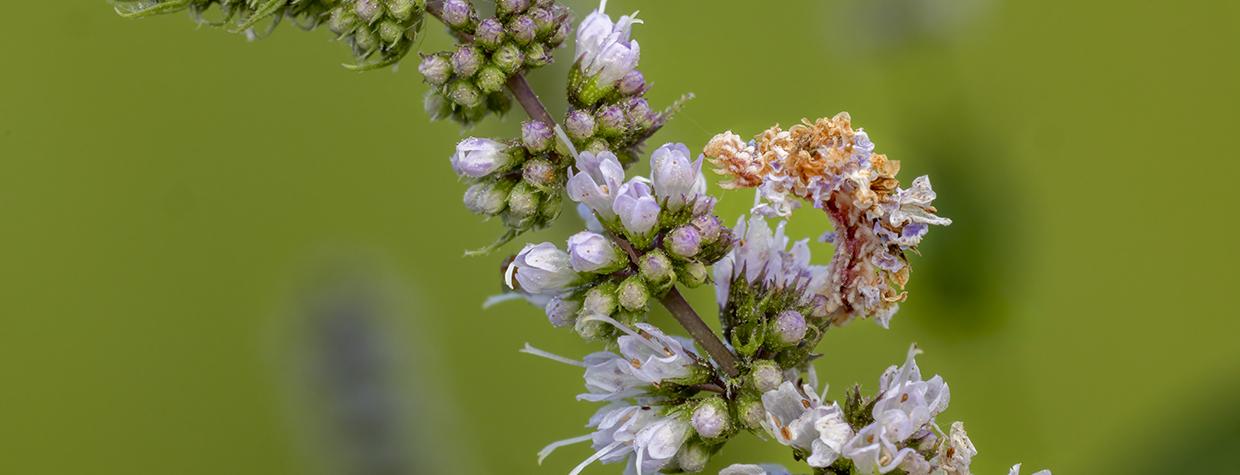Many landscape and nature photographers will tell you not to go out for a shoot with only one possible subject in mind, because you might not find what you’re looking for. As I’ve progressed in my photography career, I’ve increasingly found that when I start out with one idea, it ends up leading to many others. That was the case with this image, which I made one August near the Dos Cabezas Mountains of Southeastern Arizona.
I came to this site to photograph a seep I’d visited previously, one that dries up during the dry season but flows during the summer monsoon. The seep is in a large rock and flows into a pool, and on this day, there were several wasps coming into the water. I was on my hands and knees, getting muddy and photographing the wasps, along with some other insects I spotted.
Then, I started smelling a very nice fragrance and found two flowering bushes growing next to the seep. All sorts of insects and spiders were crowding around the flowers, so I started photographing those. After a while, some sort of visual “noise” caught my eye — it seemed like something was out of place, but I couldn’t pinpoint it and went back to shooting. Eventually, I noticed a small, camouflaged caterpillar making its way up one of the stems of the plant. Upon closer inspection, I saw there were five or six of these caterpillars, each less than an inch long, on the bush.
At that point, these strange caterpillars became my focus, and this image was one of my favorites from the shoot. Most of the insects I photograph are more active during the day, so I carry a small, white golf umbrella to diffuse the harsh midday light. That’s what I did here, and later on, I used Photoshop to open up the shadows and add a little contrast to the image.
I had to find out more about these caterpillars after I got home, and what I learned is that they’re known as camouflaged loopers and are the larval form of the wavy-lined emerald moth (Synchlora aerata). This species uses the spines on its back to affix pieces of the plants on which it’s feeding to its body, keeping it hidden from birds and other predators. It’s one of only a few invertebrate species that exhibit this behavior. And that’s something I never expected to learn when I set out to photograph the seep that day.

